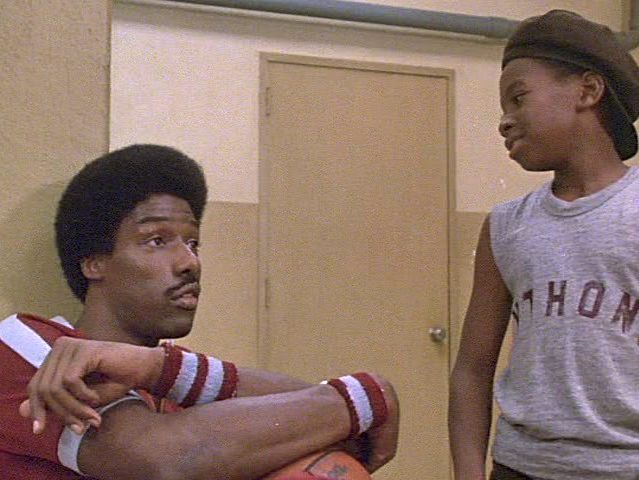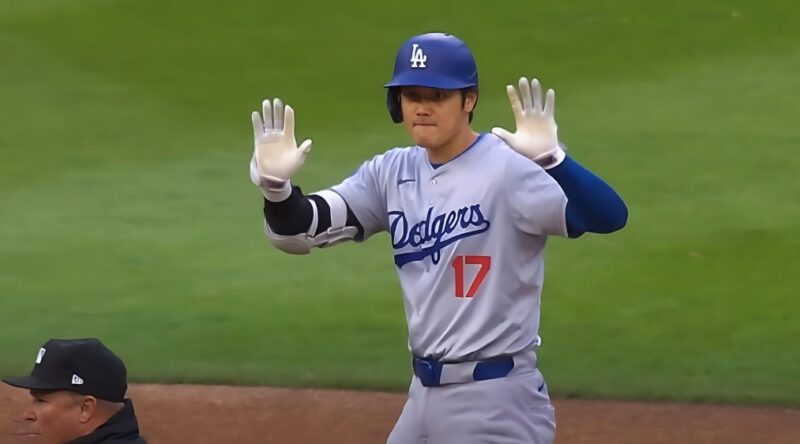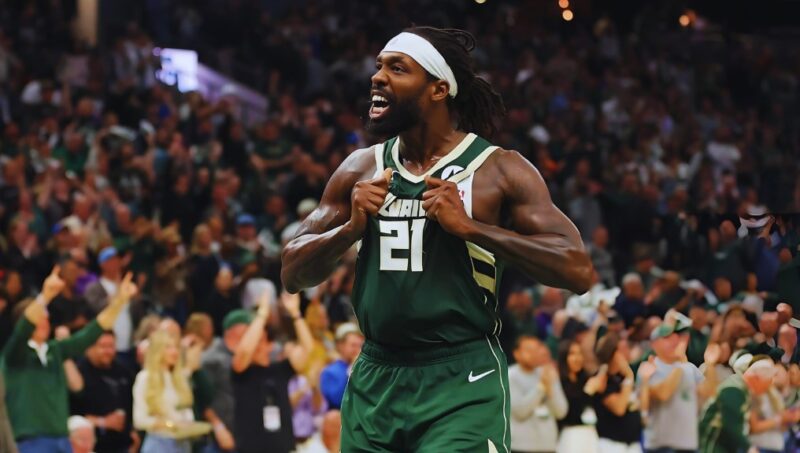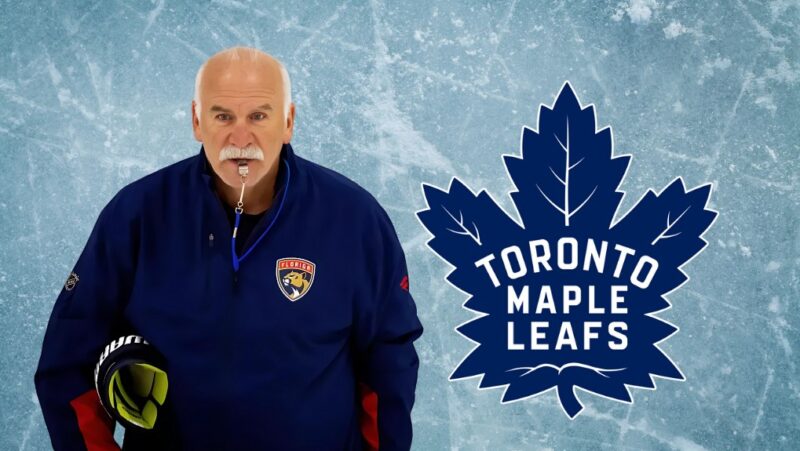The NBA was a weird place in the 1970s. 1979’s The Fish That Saved Pittsburgh is weirder.
In the late 1970’s, Pittsburgh, Pennsylvania was “The City of Champions.” The Pitt Panthers won the college football national championship in 1976, the Steelers were in the midst of the “Steel Curtain” era, and the gods even threw the Pirates a bone, or more specifically the 1979 World Series. Sure, the Penguins sucked, but even they were sucking enough to eventually get Mario Lemieux. Pittsburgh’s great zombie outbreak of 1968 was behind them, with only George Romero’s brave documentary standing as proof, and Michael Keaton’s superstardom was less than decade away. It was a good time to be in Pittsburgh.
And yet professional basketball ignored the Steel City, then as now. Sure, Pittsburgh had teams in the ABL and the ABA in the 1960’s and 70’s, but few actually showed up at Civic Arena to watch playground legend Connie Hawkins and John Brisker, Uganda’s equivalent to Dennis Rodman, play.
Fewer people still would call The Fish That Saved Pittsburgh a good movie. Even fewer than that would remember what it’s about, because it sounds more like a monster movie than a basketball film. It looks like it, too. But it’s actually far stranger than its SyFy Channel-ish Megashark Versus Cincinnati title suggests. Far stranger, and with far more dialogue for Julius Erving than you might expect.
***
In the real world, when a star player zaps the energy of a team, a team will either trade him, release him, or in certain specific cases, plead with him to re-sign before he leaves as a free agent despite what a ridiculous awful performance he just had against the Spurs, and really kind of had all season. In the Pittsburgh Pythons’ case, you let coach Flip Wilson and the rest of the team walk, and rebuild the team around superstar Moses Guthrie. It doesn’t hurt when Moses Guthrie looks and plays exactly like Dr. J; this, as it turns out, is because he is actually played by Julius Erving. It probably does hurt, however, when your adolescent ball-boy tries to build an all-Pisces team, the titular fish that do, in fact and spoiler alert, save Pittsburgh.
 Julius Erving doesn’t do that bad of a job playing himself. At one point he courts Margaret Avery by showing off his dunking skills, in what we can only assume was the same way he wooed Alexandra Stevenson’s mother. Stockard Channing, of all possible sex symbols, plays the team’s psychic/general manager, whose absence spurs whatever suspense there is left in the final act. Cher was originally pegged for this role, which would have only made it too campy. Nicholas Pryor, in the role Dean Jones was born ten years too early to play, is about as good a coach as he was a father in Risky Business, which is pretty good. Legendary character actor M. Emmet Walsh and legendary acting teacher Michael V. Gazzo are also along for the ride, as the team’s executive and trainer, respectively. Neither, sadly, plays basketball in the film.
Julius Erving doesn’t do that bad of a job playing himself. At one point he courts Margaret Avery by showing off his dunking skills, in what we can only assume was the same way he wooed Alexandra Stevenson’s mother. Stockard Channing, of all possible sex symbols, plays the team’s psychic/general manager, whose absence spurs whatever suspense there is left in the final act. Cher was originally pegged for this role, which would have only made it too campy. Nicholas Pryor, in the role Dean Jones was born ten years too early to play, is about as good a coach as he was a father in Risky Business, which is pretty good. Legendary character actor M. Emmet Walsh and legendary acting teacher Michael V. Gazzo are also along for the ride, as the team’s executive and trainer, respectively. Neither, sadly, plays basketball in the film.
The late, great Jonathan Winters doesn’t play any hoop, either, but he does take on dual roles as the team’s owner and his greedy, less childlike brother. The evil brother can’t steal the money from the manchild, so he buys the Los Angeles club, stocks it up with ringers and gets Jerry Tarkanian to coach. Harry Shearer, of Le Show fame, plays “Murray Sports,” a Myron Cope substitute whose was probably born Morton R. Sportsberg. Singer Dee Dee Bridgewater, whose then-husband Gilbert Moses directed Fish, plays a basketball groupie, as does Debbie Allen. I was going to make a joke about Ms. Allen choreographing an elaborate halftime show in the climax until I saw the finished product: an elaborate set piece involving a giant box of fish sticks. This is all real.
The Fish That Saved Pittsburgh is so full of A-minus and B-plus actors that it’s easy to overlook the basketballers themselves. The Great Python Revolt of 1979 is led by NBA veteran Jerry Chambers, while Ken Foree, the dad from “Kenan & Kel” (and a soldier in Romero’s ongoing Pennsylvania-based anti-zombie campaign in Dawn of the Dead), joins the putsch. Dr. J is later joined by various Christian, Muslim, black, white, Native American and sundry stereotypes, including Meadowlark Lemon, Jack Kehoe, and Branscombe Richmond, known to those of us who watched TV indiscriminately as Bobby Sixkiller from TV’s “Renegade”. Kareem Abdul-Jabbar is the most prominent player on the Los Angeles “Team” that Pittsburgh plays in the end.
Much to the producers’ credit, they actually filmed The Fish That Saved Pittsburgh in Pittsburgh. The Civic Arena, which was home to the ABA’s Pipers and Condors early in the decade, is shown in all its cavernous glory. The basketball floor and nets are vestiges of the days of Hawkins, Brisker and Larry Brown; you can actually see the three-point line, which was used in the American Basketball Association but not adopted by the NBA immediately after the merger.
That floor is replaced in the final game with something that has to be seen to be disbelieved, and is just weird enough for me not to spoil it. The arena’s notorious retractable roof actually opens for yet another spectacle. Sadly, this spectacle does not include Powers Boothe crashing a helicopter, although that wouldn’t really have been significantly stranger.
But it all fits, in a way. Professional basketball was at a weird place in the late 1970’s. Both the Lakers and Celtics were (relatively) bad, and years away from dominating the next decade. In these gloriously horrible years, we had the Washington Bullets face the Seattle Supersonics in the NBA World Championship, which, as befits a world championship, was probably shown on tape delay after reruns of “Mrs. Columbo.” If I’m not mistaken, the NBA on CBS theme from 1978 to 1980 was “Lonely Boy” by Andrew Gold.
The Fish That Saved Pittsburgh taps into this weird zeitgeist, which means that it could hardly have been less strange than it is. Strange as it is to watch, and it’s very strange to watch, this is a benignly batshit snapshot of the post-merger, pre-Bird/Magic/Jordan era in the NBA. After fans dig up footage of Doug Collins playing H-O-R-S-E against Bingo Smith, they can go back to watching this crazy little movie. It will be strange, but it will be worth it.






